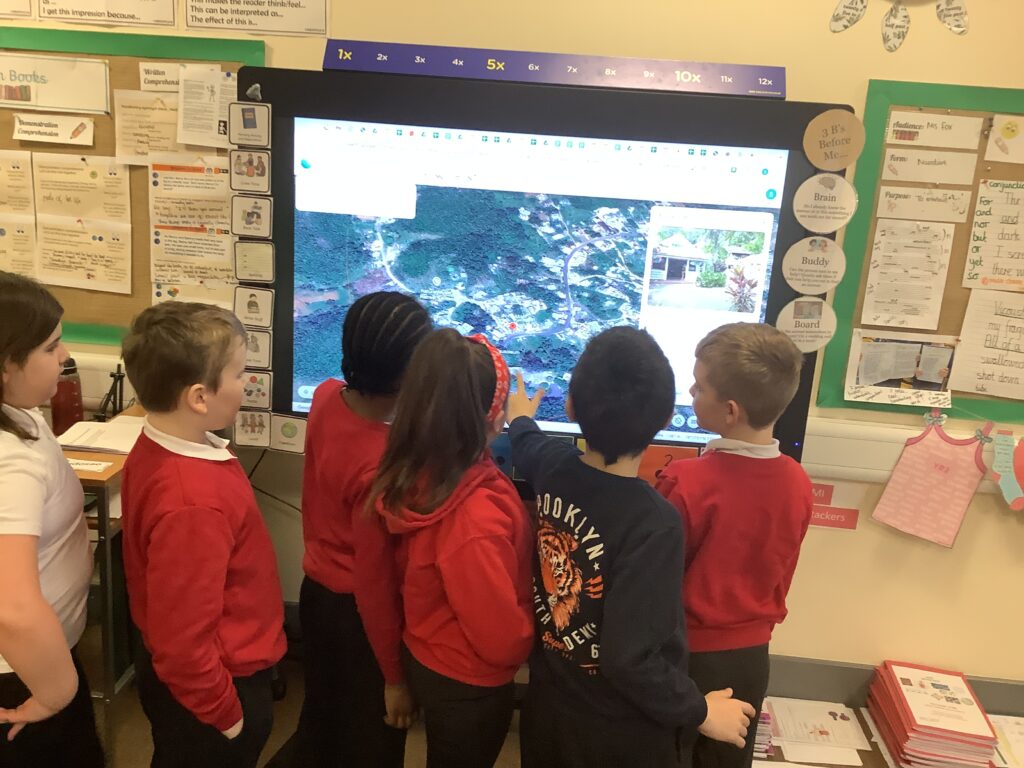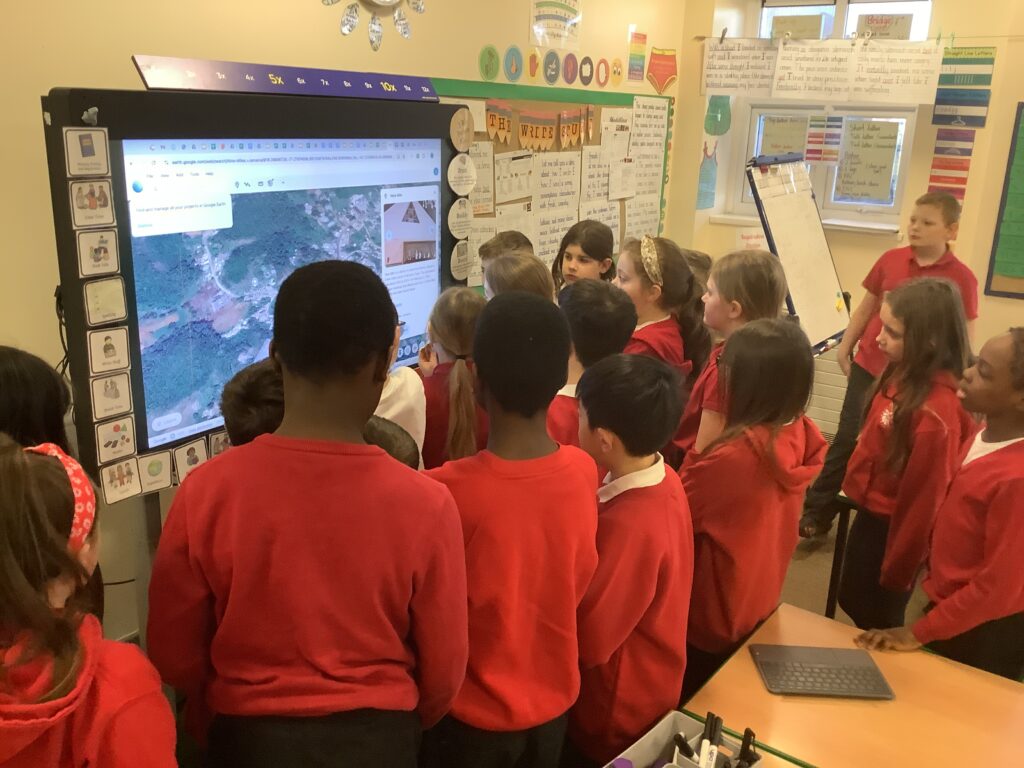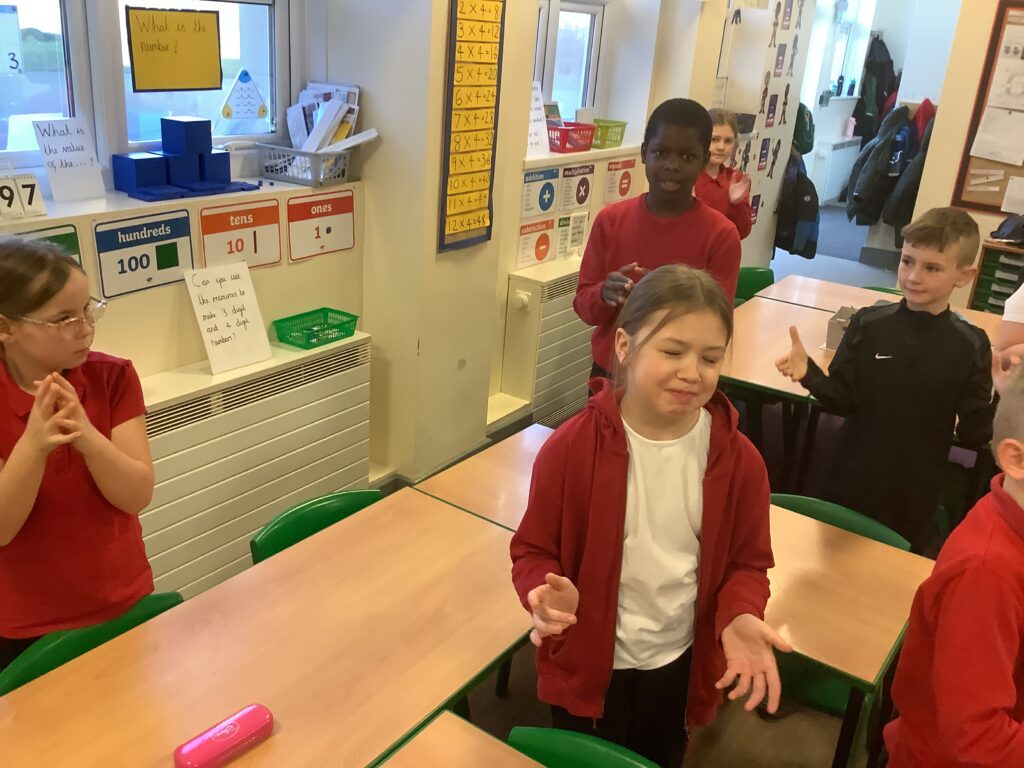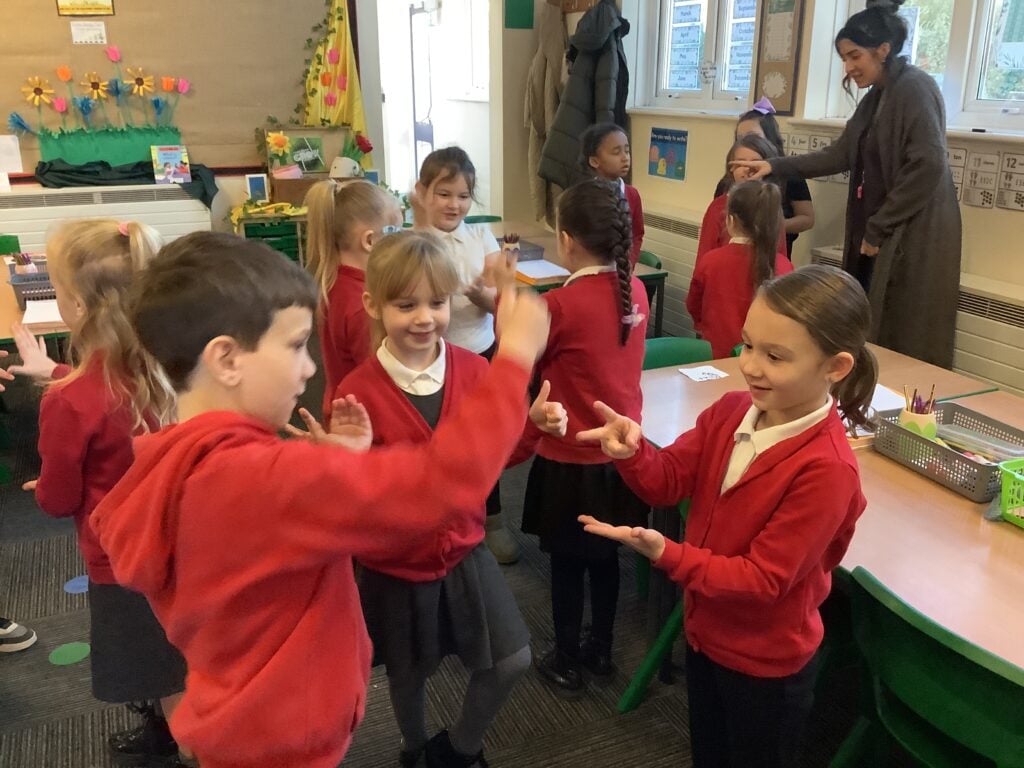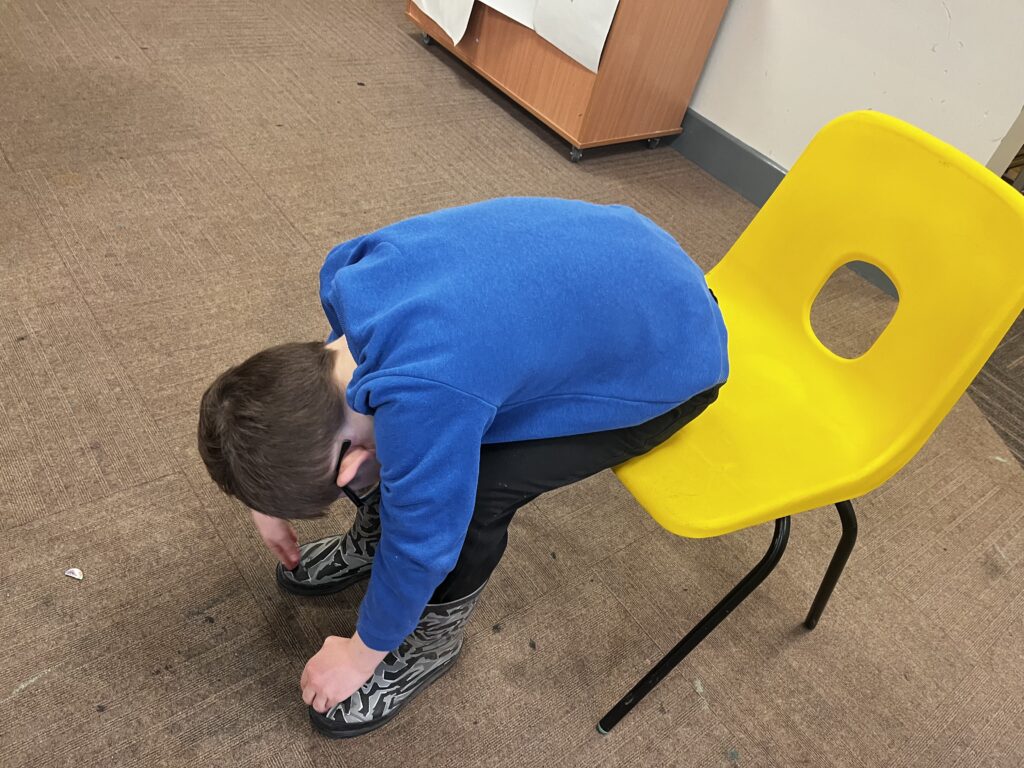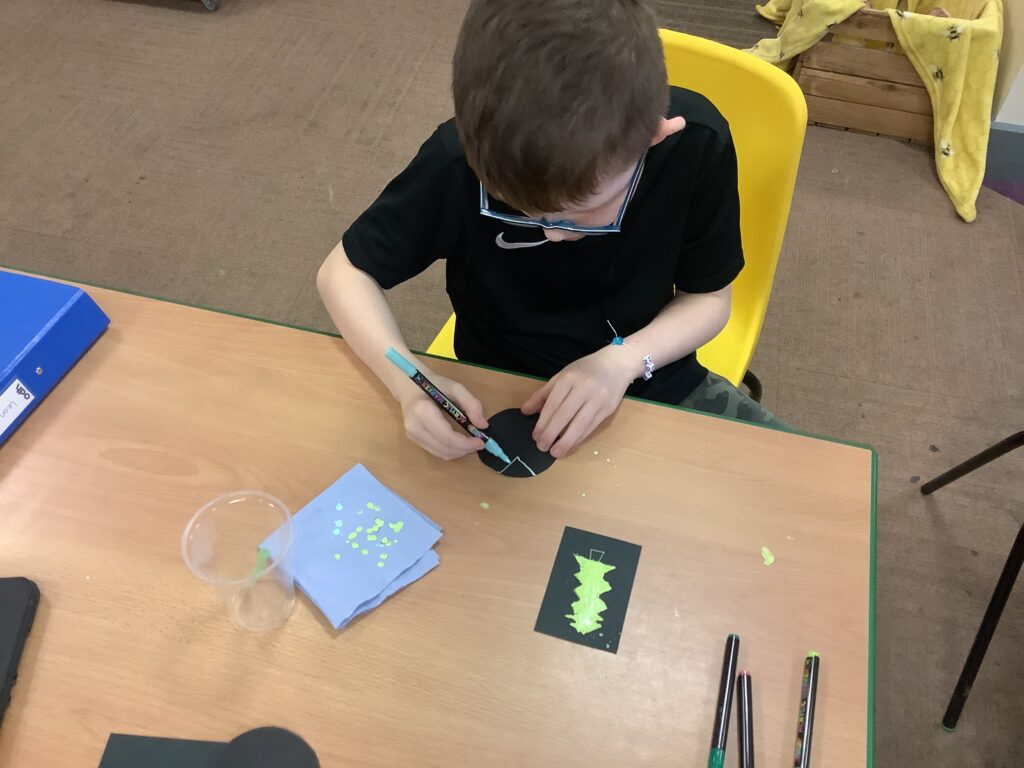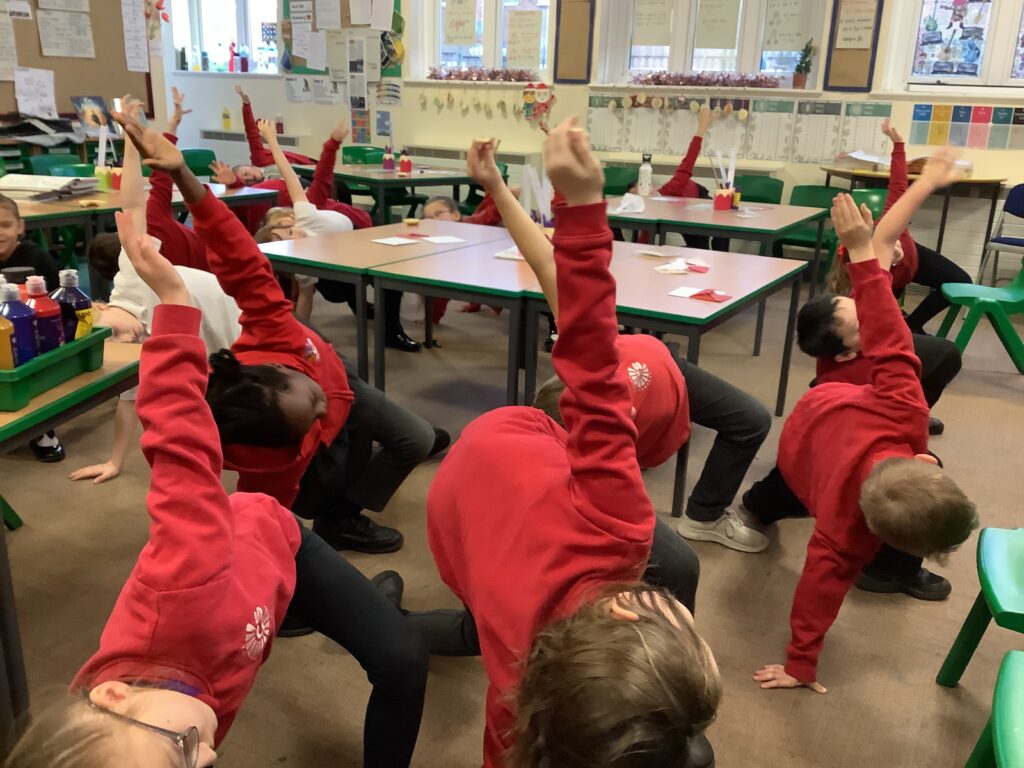Our crew check in this morning allowed us to choose which Bob Marley song we preferred- Three little birds or Jamming! We enjoyed listening to parts of the songs and explaining our answers. We then moved onto to discussing more on Bob Marley, we looked on google earth at where he lived and explored different pictures. We then explored reggae music in a little more detail, we listened to ‘Hold Em Joe’ and clapped along to the beat. We then explored other famous reggae musicians and songs. We thought about the similarities and differences between the songs and explained our ideas. We then started singing some of the songs by Bob Marley which we all loved 🙂

